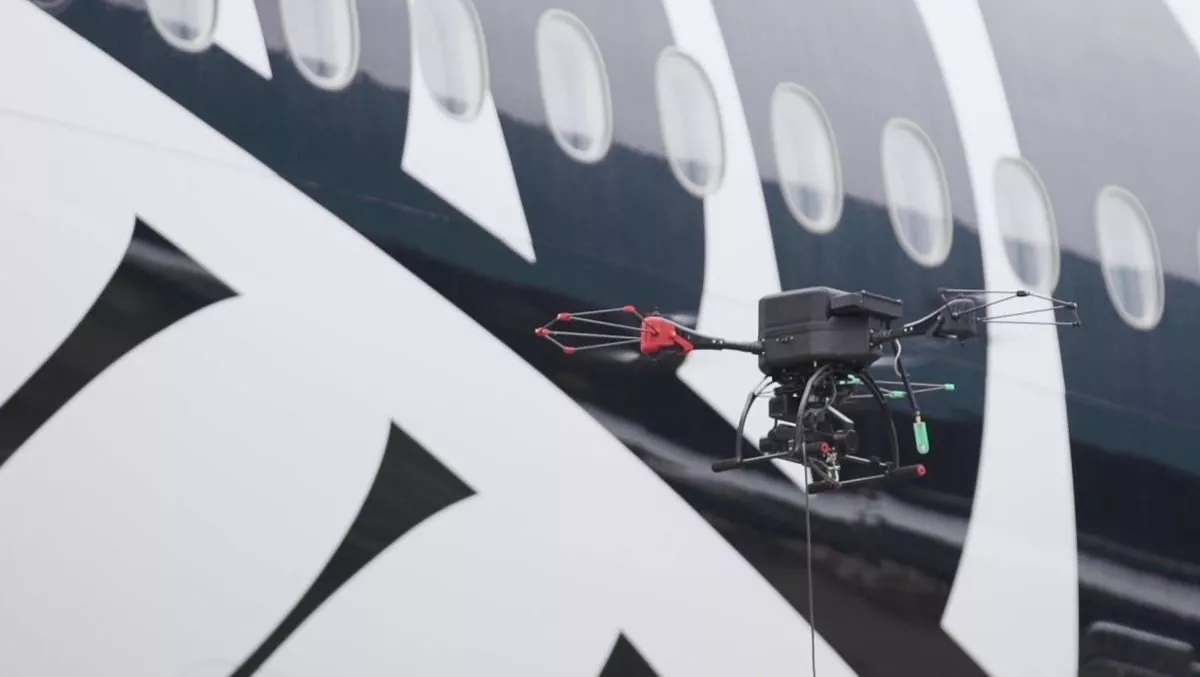
Air NZ recruits drones for aircraft maintenance checks
Air New Zealand will now use drones to inspect its aircraft fleet as they undergo heavy maintenance checks in Singapore.
In partnership with ST Engineering, the drones will help to inspect parts of the aircraft that aren't usually accessible and note any repairs that need to be made.
ST Engineering's aerospace arm is a service provider that concentrates on maintenance, repair, and overhaul of aircraft. It will conduct the checks at its facility next to Singapore's Changi Airport.
ST Engineering created a drone system called DroScan, which is an unmanned drone system. It is able to follow a planned route around the outside of an aircraft to inspect the surface and take HD images. Algorithms then process the images to detect and categorise defects, which can then be reviewed by aircraft engineers.
"Using a drone to inspect our aircraft will save time, taking around one to two hours, compared to up to six – depending on aircraft type – which means repairs can start sooner if needed, and our aircraft will be able to get back in the air more quickly," says Air New Zealand's chief ground operations officer, Carrie Hurihanganui.
"We've trialed using DroScan on a number of our aircraft undergoing maintenance inspections in Singapore now and believe using a drone will also help improve inspection quality.
ST Engineering Aerospace sector deputy president Jeffrey Lam says, "Incorporating innovative technologies into aviation MRO holds great potential in enhancing the way aircraft get serviced.
"We are happy to be working with our like-minded partner, Air New Zealand which shares the same motivation and belief as us in exploring the full potential of technologies to improve maintenance work.
"We believe solutions such as DroScan will drive great value for the aviation industry given the huge emphasis it places on safety and efficiency, and we look forward to using it to great effects after we have completed the trials successfully with Air New Zealand.
Hurihanganui adds that there's potential to use the drones and DroScan in New Zealand to conduct inspections after events such as lightning strikes.
Air New Zealand and ST Engineering are also collaborating to manufacture 3D printed replacement interior parts, and in data analytics to optimise maintenance activities.
"Being able to 3D print certain components on the go would be transformative and drive significant efficiencies and sustainability benefits," says Hurihanganui.
"Rather than having the cost associated with purchasing, shipping and storing physical parts and potentially having to fly an aircraft with an unavailable seat, this system would allow us to print a part when and where we need it in hours.


